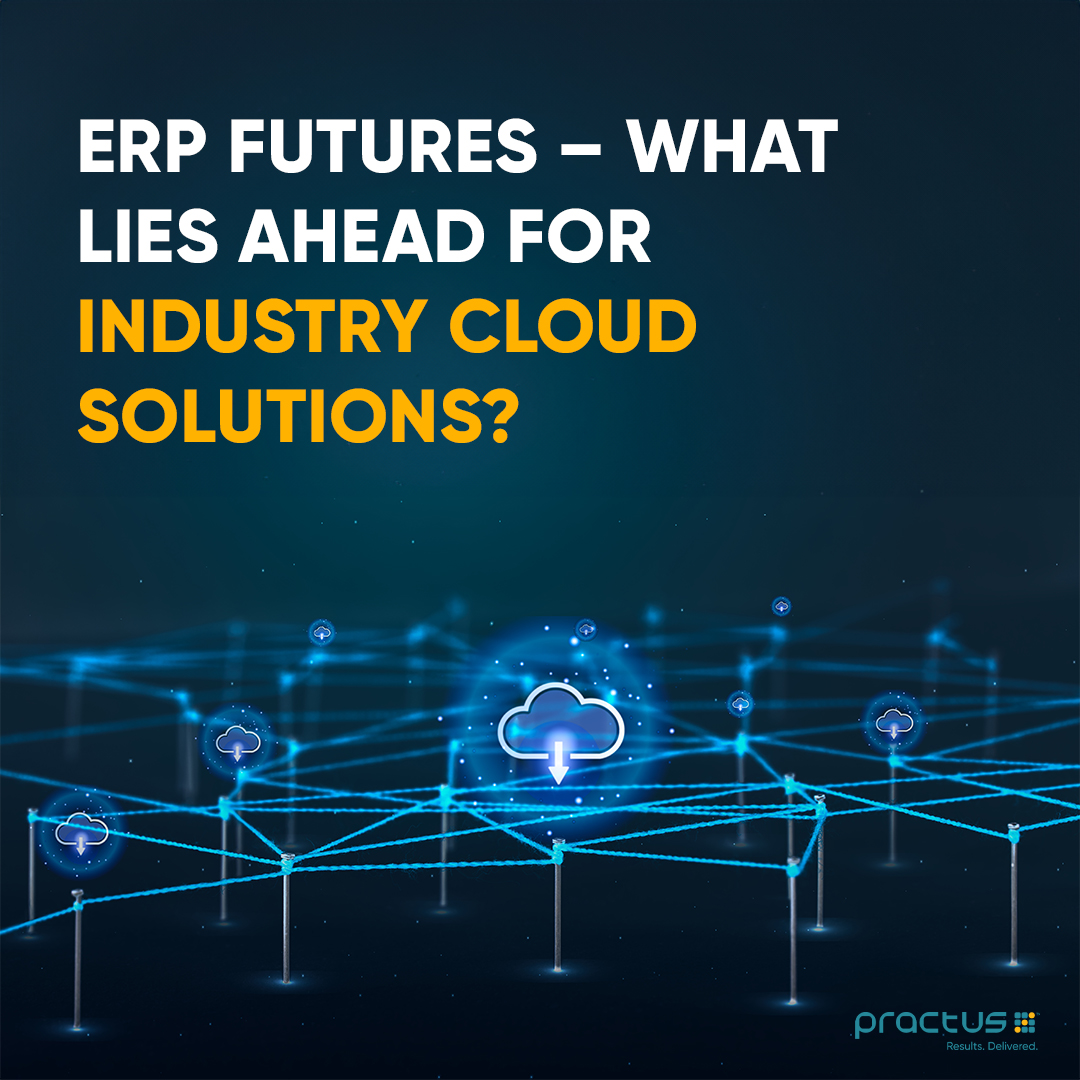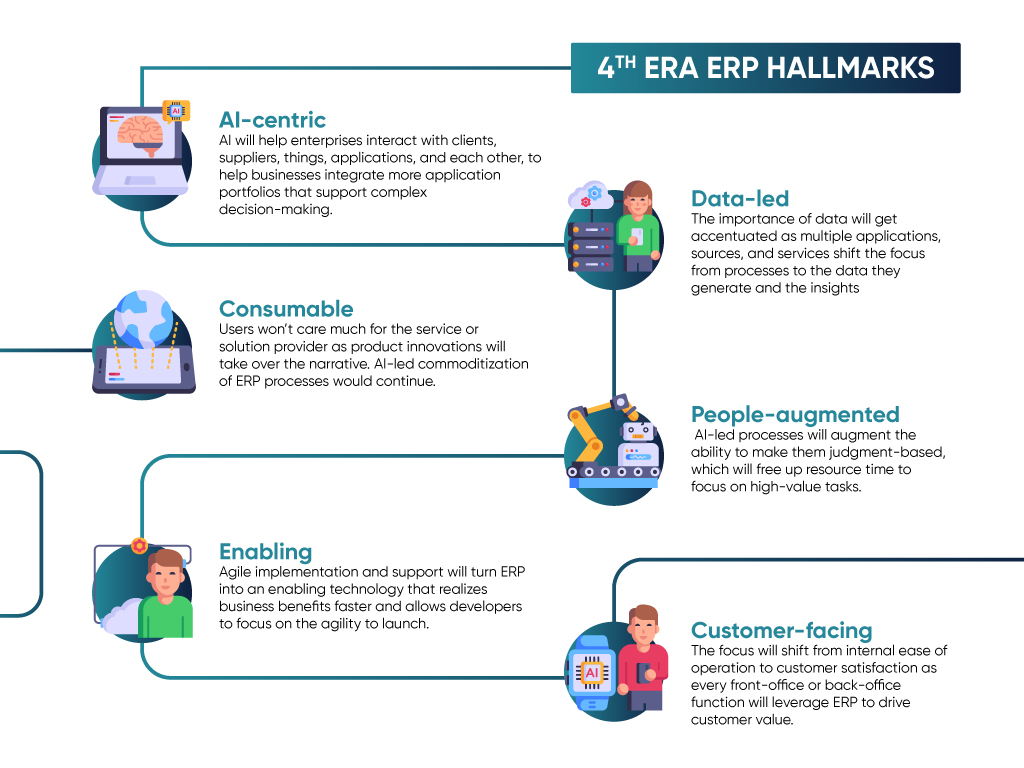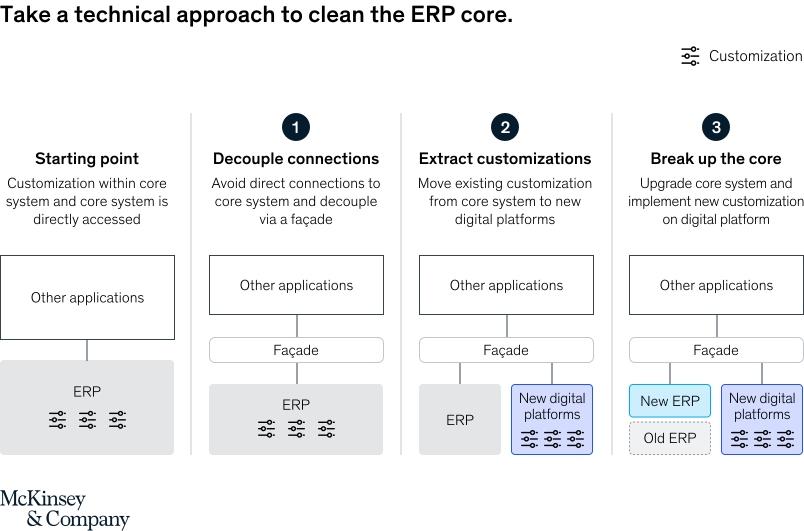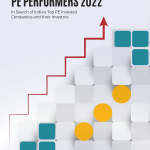
Ever since the digital transformation drive captured the imagination of enterprises cutting across industry verticals, CTOs have been seeking to understand how their legacy ERP systems can withstand or contribute to this shift. Since this digital innovation relies heavily on business integration, innovation, and analytics-based insights, the role of the entire ERP ecosystem and the potential of cloud-based solutions needs a relook.
For starters, ERP systems have long shed their reputation as being a set of complex and cumbersome back-office tools, transforming into essential components of intelligent business operations. Each advancement over the past few years wasn’t just an upgrade but a leap towards the future where systems were streamlined and intuitive to make ERP systems an indispensable element of modern business strategy. Next-generation ERP systems come with intuitive design, enhanced functionalities, and a user experience that’s both efficient and engaging. The advent of cloud-based solutions wasn’t only about cost savings as they enhanced scalability and flexibility to empower enterprises with real-time data that accelerated decision-making and fostered innovation. They allowed organizations to quickly develop and deploy apps to address specific business needs and deliver focused outcomes.
A Paradigm Shift is Just Around The Corner
A report by Deloitte highlights this trend while noting that businesses would need to acquire a fresh mindset while assessing the power of ERP on a cloud as an enabler of business integration, innovation, and analytics-led insights. The report notes that increasing use of the industry cloud has helped enterprises, specifically in the post-pandemic period, to deliver business outcomes with quick-win solutions. Industry cloud allows CTOs to build out solutions on the edge within weeks through a mix of co-innovation and leveraging existing solutions, thus pushing legacy ERP solutions farther away in the rear-view mirror.
This build-on-the-fly solution requires additional focus on a clean core to data and development, says Chip Kleinheksel, Global SAP CTO at Deloitte Consulting. Developing a strategy around clean core and appropriate governance and discipline is essential to know when and where to begin coding something new, which is a new role that CTOs need to play as these can make or mar innovation efforts of the future. Having a clean core helps adapt to new releases and new versions quickly, thus ensuring that companies keep progressing while continuing to innovate with no fear of future conflicts.
What this means is that the core once served as the center of innovation, there are enough industry cloud applications that can support it with specialized tools such as AI and machine learning that can provide the agility required in such development. Kleinheksel notes that it is about embracing the ecosystem of technologies already available and thinking about them in a layered fashion – there’s the ERP layer, the cloud integration layer, and the app layer.
Some Notable ERP Developments of the Future
Back in 2020, a Gartner report had predicted that by 2023, 65% of organizations would use ERP applications that encompass one or more of the fourth-era hallmarks, of which it had listed six (see diagram below):
The future ERP landscape would comprise predictive, personalized, and proactive solutions where enterprises would be required to transform their legacy systems or get left behind. Because navigating tomorrow’s systems would require a strategic alignment with emerging technologies and business imperatives. Let’s look at how the future would unfold from here on. This list below presents some technology innovations already making waves and others that could do so soon in this space:
- The AI-ML story: While AI is already transforming ERP operations, its seamless integration with machine learning will be standardized in the years ahead. AI functionalities have evolved as integral components to enhance the ability to offer personalized user experiences and tailored solutions whereby vast amounts of data are parsed to provide distinct patterns, predictive analytics, and actionable insights. The era of hyper-automation could well be the future as AI and ML combine with robotics to pave the way for a seamless transformation to Industry 4.0 or Industry 5.0 as the case may be within a particular enterprise with intelligent automation and data exchange form the core of all business operations.
- Mobile ERP apps: This could well be the highlight of the future of ERP in the coming years as enterprises shift from traditional office spaces requiring a more flexible and accessible operational structure where data-backed decisions are made instantly. Going forward, we can expect such apps to enable users to create, access, and share data analytics directly from their smartphones across the globe. The automation and integration of various ERP functions within these applications could potentially enhance productivity, foster a sense of immediacy, and increase efficiency.
- Cloud ERP: Having already managed to push ERP from a nice-to-have to an essential tool, the next phase would witness more companies overcoming reticence about data sharing to adopt a whole suite of cloud-based ERP solutions. Besides being user-friendly and adaptable, these applications allow enterprises to use resources as they need, which is also a prerequisite for achieving net-zero standards. Besides being accessible to all employees across geographies, the cloud ERP solutions when coupled with mobile ERP could facilitate better real-time data access.
- Tier-2 Plus: While Tier 2 began as a shift towards a more adaptable and cost-effective approach to enterprise resource planning, it’s gone beyond to encompass the needs of small businesses now. Second-tier systems are now capable of meeting the needs of individual business units while the first tier uses existing solutions provided by top tech giants. The system gained traction due to its ability to create custom solutions in a jiffy at reduced costs. They also require fewer resources to align the second-tier ERP operational processes with broader business goals. Given the resource crunch amongst small and medium businesses, a Tier-3 ERP solution is also gaining credence though some argue that products in this category may not qualify as ERP solutions. The cases of QuickBooks and Sage 50 are prominent here.
Modernization Challenges Ahead
A recent report from McKinsey notes that in the none-too-distant future, enterprises could seek a product-and-platform approach towards enterprise resource planning as upgrades to existing systems are proving both complex and cost-prohibitive. Upgrading ERP systems can cost upwards of $500 million, take away several productive years of IT resources, and remain under-cooked when completed.
The report notes that enterprises could take a leaf out of the technology company playbook (see image above) in this regard where tech decisions are aligned towards maximizing freedom and independence for developers. This is achieved by cutting down system dependencies and complexities through a modular approach to organizing their tech products and platforms that run as a service. Creating a new layer between the corset system and the application it connects to can considerably reduce the workarounds or ad hoc connections created by developers in the past. This facade will collate all new connections via APIs that access data from the ERP system, thus helping decouple the unwanted chaos from the core.
This could be seen as the first step towards implementing a modular architecture without actually impacting all the connecting apps. The next step is to extract the customization by building a digital platform on a cloud that can be accessed through microservices. Businesses create a platform for customer-facing functions, another for the supply chain, and the third being the ERP system itself. Hence, the platform becomes the location where customized functions reside and new code gets developed. This also adds flexibility to uncover customizations that are redundant and can now be removed.
The third step involves shrinking the core itself to retain only the most necessary of functions in there. This disaggregation process removes intricate connections that could have been built into the system and paves the way for developers to replace or enhance specific functionalities without affecting other parts of a system. Since this process stays away from functional domains such as accounting, developers can focus on those functions that were part of a tightly integrated core for no functional reason. These could include warehouse management, demand forecasting, logistics, etc. that could form standalone instances to be used by specific business functions.
Another factor that is assuming significance in this era of digital transformation is the personalization of ERP. Experts believe that these are now synonymous as customers seek solutions that are intelligent, adaptive, and intuitive. ERP solutions do not just respond to user commands but also anticipate needs and provide tailored solutions that enhance productivity and customer satisfaction. Some key aspects that could play a role in this customization can be seen below:
In Conclusion:
The future of ERP would be a journey that continues from tier-1 to tier-3 and beyond the story that we have witnessed over the past couple of decades. The platform-and-product approach would require enterprises to create a well-crafted capability map that helps determine the modules that need upgrades and how such a process will crunch the core. This would help companies prioritize upgrades that maximize value and keep costs in check. This also means that it counterbalances the prevailing norm of vendors defining the boundaries of functionalities and modernization requirements instead of businesses doing so. So, stakeholders – from CTOs to CFOs – would have clarity around the ERP strategy required for their business to cross the next growth target and the strategies that require insights based on this strategy. In other words, ERP upgrades can be decided based on two clear buckets – (a) one containing all the differentiating elements that deliver value to the business and (b) a second one that contains commodity functions that are core to driving competitive advantage.




